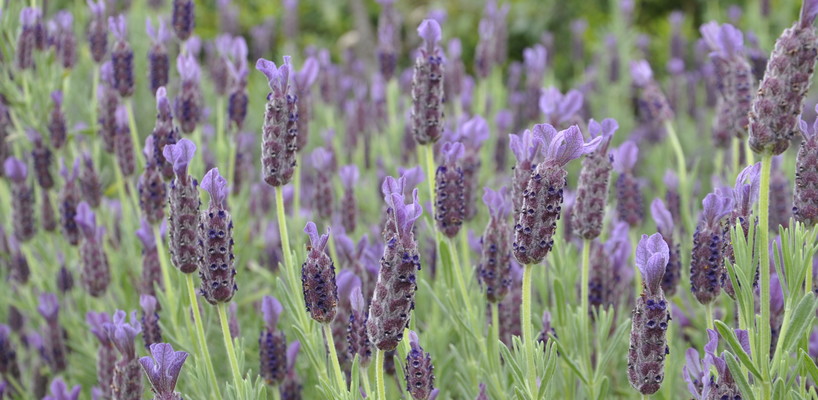
National Herb Garden
The National Herb Garden—the largest designed herb garden in the United States—showcases plants that enhance people’s lives as flavorings, fragrances, medicines, coloring agents, and additives in industrial products. The garden exhibits these herbal plants from places and cultures around the world in theme gardens, single-genus collections, and seasonal displays for education, research, and aesthetic enjoyment. It began as a gift to the people of the United States from the Herb Society of America and was constructed and dedicated in 1980.
The garden is composed of four “rooms” that emphasize different aspects of the herbal plant world. The Entrance Garden highlights seasonally changing beds and specimen plants in containers. The Knot Garden, situated between two arbors, displays evergreen shrubs in a knot pattern reminiscent of Elizabethan Era designs. The third room houses the Historic and Species Rose Garden; home to more than 100 types of roses arranged by their respective classes, these plants represent the importance roses have had in human history and in rose breeding. The fourth “room” encompasses the Theme Gardens, which organize herbs into ten categories to illustrate how plants are important in many aspects of humans’ lives. Found throughout the garden are collections of specific genera, such as lavender, rosemary, and chile peppers. These collections allow the visitor to compare different features within a genus, reinforcing the concept of taxonomic diversity in plant families. Much of the National Herb Garden is marked by informational signage that explains the uses of the herbs to foster additional learning for the garden’s visitors.
TIPS FOR VISITORS
The National Herb Garden is just across the street from the Visitor Center and the National Bonsai & Penjing Museum. Park in the R Street lot for easy access to the garden. A short walk from the herb garden are the National Capitol Columns, clearly visible from various vistas. There is also parking available at the Columns.